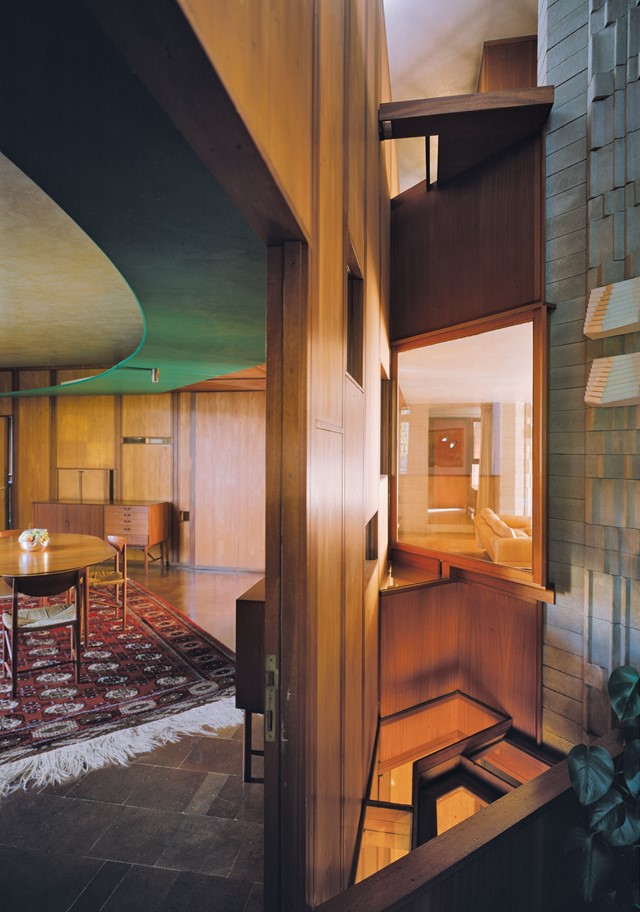As the Italian archipelago prepares for the Biennale, Phaidon pays tribute to Carlo Scarpa through a newly released monograph exploring his brilliant mind
Architect Carlo Scarpa stood between the ancient and the contemporary, the precious and the commonplace. He was born in Venice in 1906, and enrolled at the Royal Academy of Fine Arts at the age of 14, where, as Robert McCarter notes in the newly released paperback Carlo Scarpa, he learnt to “look at things... to see what was new and different in the modern world”. This seemingly simple concept proved to be a key characteristic of his renowned architecture and glass work.
He was a close friend of architect Louis Kahn, and in the last piece of writing before his death, Kahn made a dedication to Scarpa: “In the work of Carlo Scarpa, ‘Beauty’ the first sense, ‘Art’ the first word, then ‘Wonder’. Then the inner realisation of ‘Form’.” Ahead of the Venice Biennale, we consider the enduring influence that Scarpa’s practice had on the city.
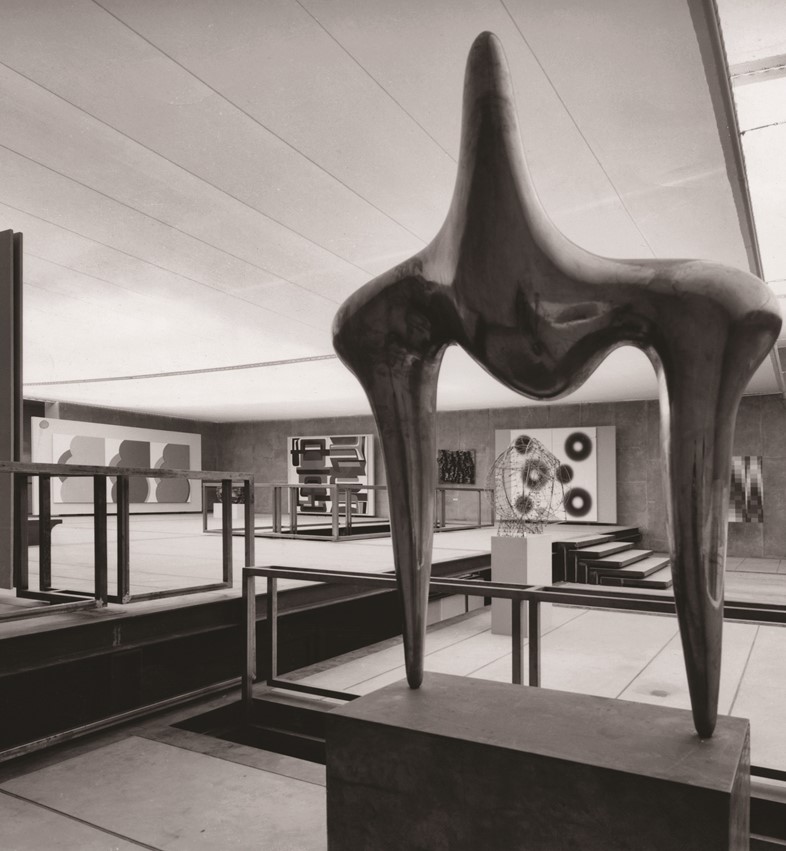
Venice
Few architects are defined by a single city as Scarpa is by Venice. The island city is home to almost all of his work, and plays host to pavilions, houses, churches and showrooms. His practice is informed by Venetian architecture dating as far back as the Roman era, and borrows from various traditions, often set against such jarring influences that their roots became unrecognisable. He was inspired by the history of his home city through a rich intellectual culture and social life, just as many artists and writers of the 19th century found affinity with the Italian archipelago. In his book on Scarpa, McCarter quotes author Henry James: “It is a fact that almost everyone interesting, appealing, melancholy, memorable, odd, seems to have gravitated to Venice.”
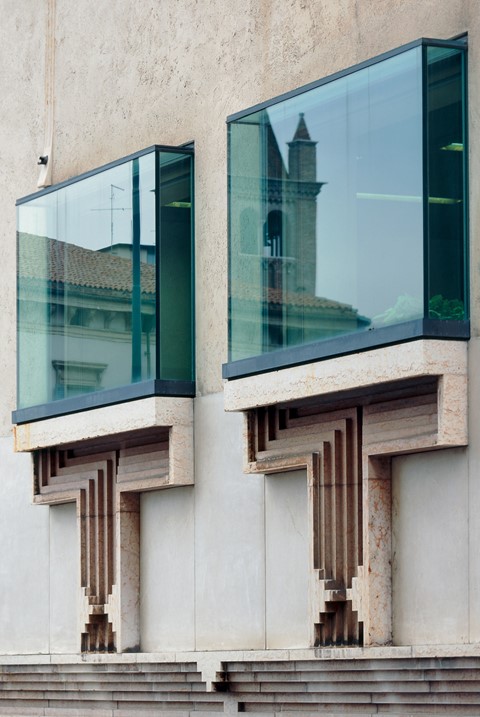
Preservation and Innovation
Scarpa often worked with restoring and renovating existing structures as a process of preservation and transformation. “Our duty is to give them a new lease on life so that they may be able to live today and tomorrow,” McCarter writes, quoting Scarpa. “In my architecture, all the existing buildings form a part of the métier.” He was also responsible for enlivening ancient Venetian building crafts, understanding that design innovation is inextricably linked to an understanding of established traditions. But Scarpa was not interested in imitation, his restorations conveyed oppositional architectural languages, functions and materials, and he was often struggling against what he referred to as “bureaucratic follies”.
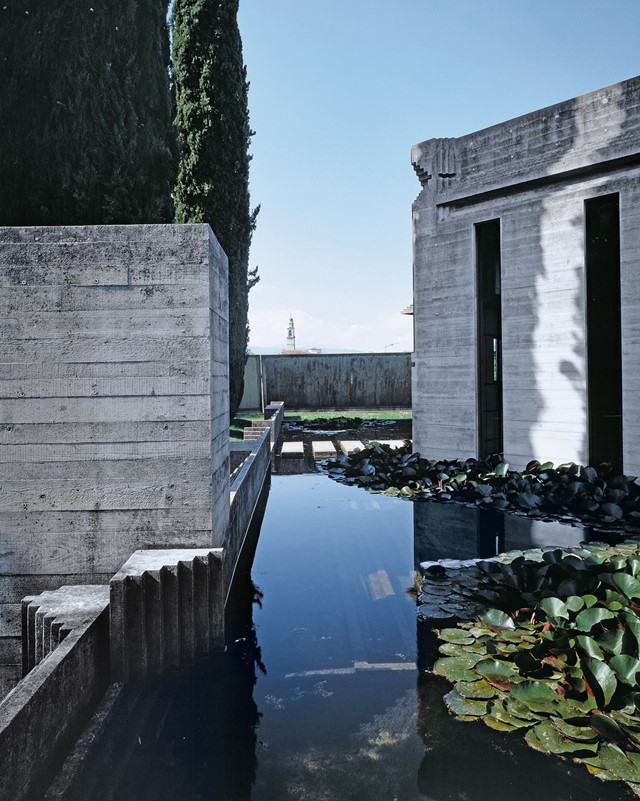
Spirituality
In the late 1960s, the Brion family requested that Scarpa build a memorial to Giuseppe Brion, founder of the Brionvega electronics company. The Brion Cemetery exemplified Scarpa’s practice, employing the ziggurat stepping to the edges and openings of nearly every surface, working with light and shadow, streams of water and expanses of fields lined by Cypress trees. At his request, Scarpa was buried there, and in a lecture shortly before he died, he recounted: “This is the only work I go to to look at with pleasure, because I feel I have captured the sense of the countryside, in the way the Brions wanted. Everyone is happy there – the children play, the dogs run around – all cemeteries should be like this.”
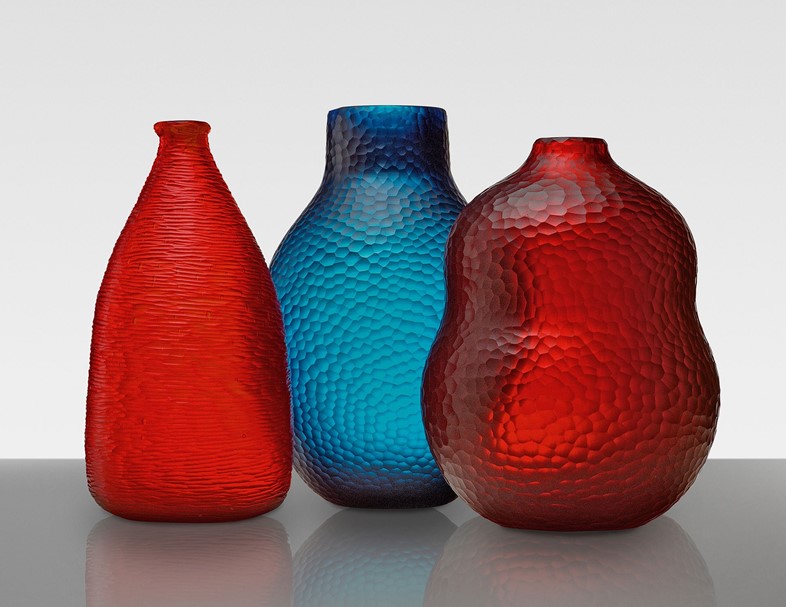
Glass
Although Scarpa had been a practising architect for some time when he first started producing work in glass, it was through his use of the material that he first gained recognition. He applied a ceaseless attention to detail to vases, bowls and glasses for companies M.V.M Cappelin and Paolo Venini, emphasising the transparency of the material by fusing coloured glass with textured forms. He also introduced spots, rings, bands and spirals that reflected and refracted light. Gallerist Marina Barovier is quoted in McCarter’s book: “The light falling on [Scarpa’s pieces] could mutate the shape, change and become imprisoned, give depth to, or highlight, a colour, emphasise the incisions or at the same time appear to emanate from within the glass itself.”
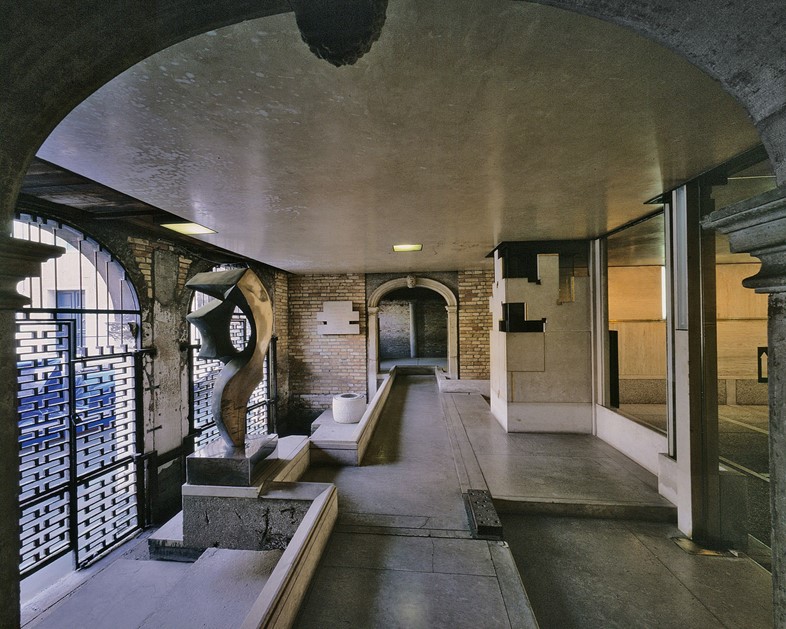
Cafe Society
Scarpa’s work was often built on a rich narrative of stylistic references, as the architect was an avid collector of books and periodicals on modernist architecture and fine art, as well as poetry and prose. He would meet with artists and intellectuals at Florian’s Cafe and the Il Campanile bookshop on Venice’s Piazza San Marco, and it was at the former that he would encounter his future wife Onorina, the sister of abstract artist Bice Lazzari. The bookshop was owned by an anarchist who would introduce Scarpa to countless books that were either unpublished in Italy, or banned by the Fascist regime.
Carlo Scarpa is available now, published by Phaidon.
